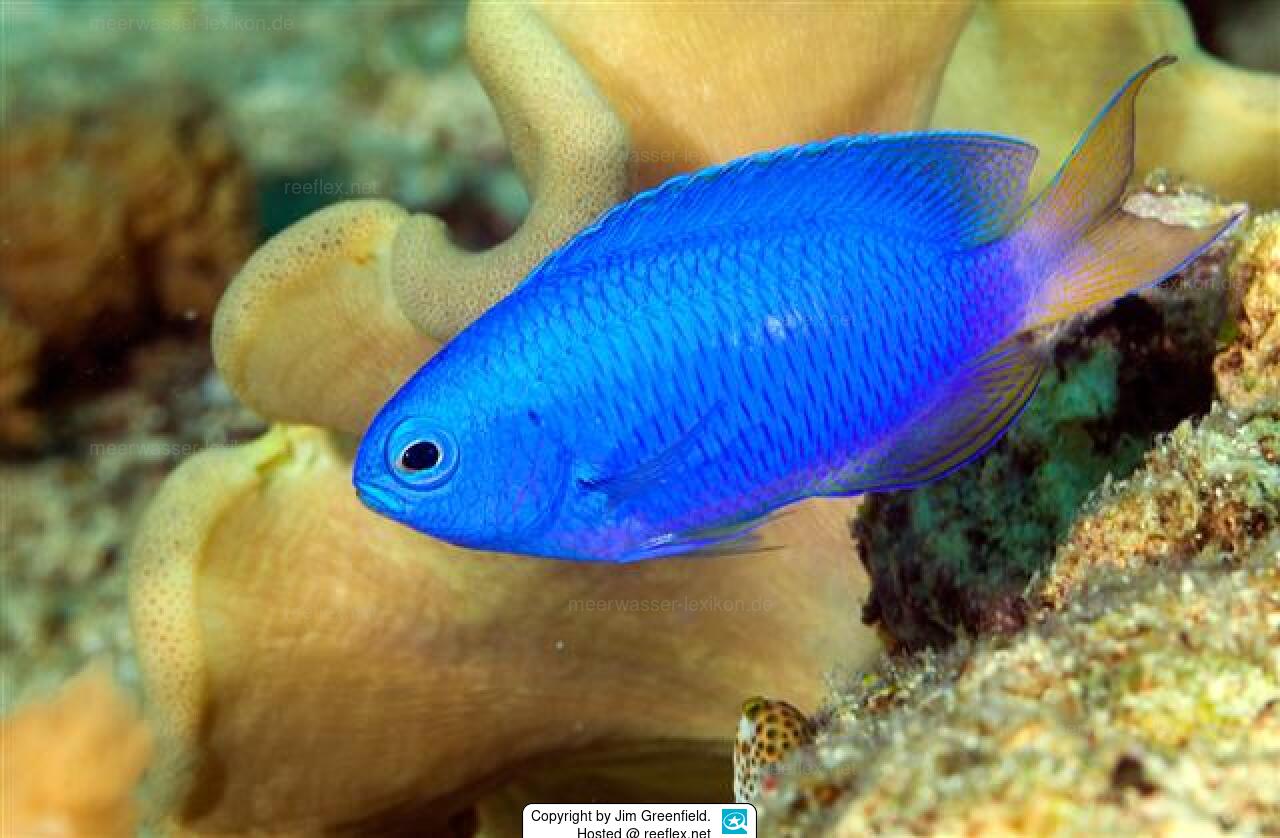Info
Synonym:
Pomacentrus coelistis Jordan & Starks, 1901
Classification: Biota > Animalia (Kingdom) > Chordata (Phylum) > Vertebrata (Subphylum) > Gnathostomata (Superclass) > Pisces (Superclass) > Actinopterygii (Class) > Perciformes (Order) > Pomacentridae (Family) > Pomacentrus (Genus) > Pomacentrus coelestis (Species)







 Jim Greenfield, Großbritannien
Jim Greenfield, Großbritannien





















































































